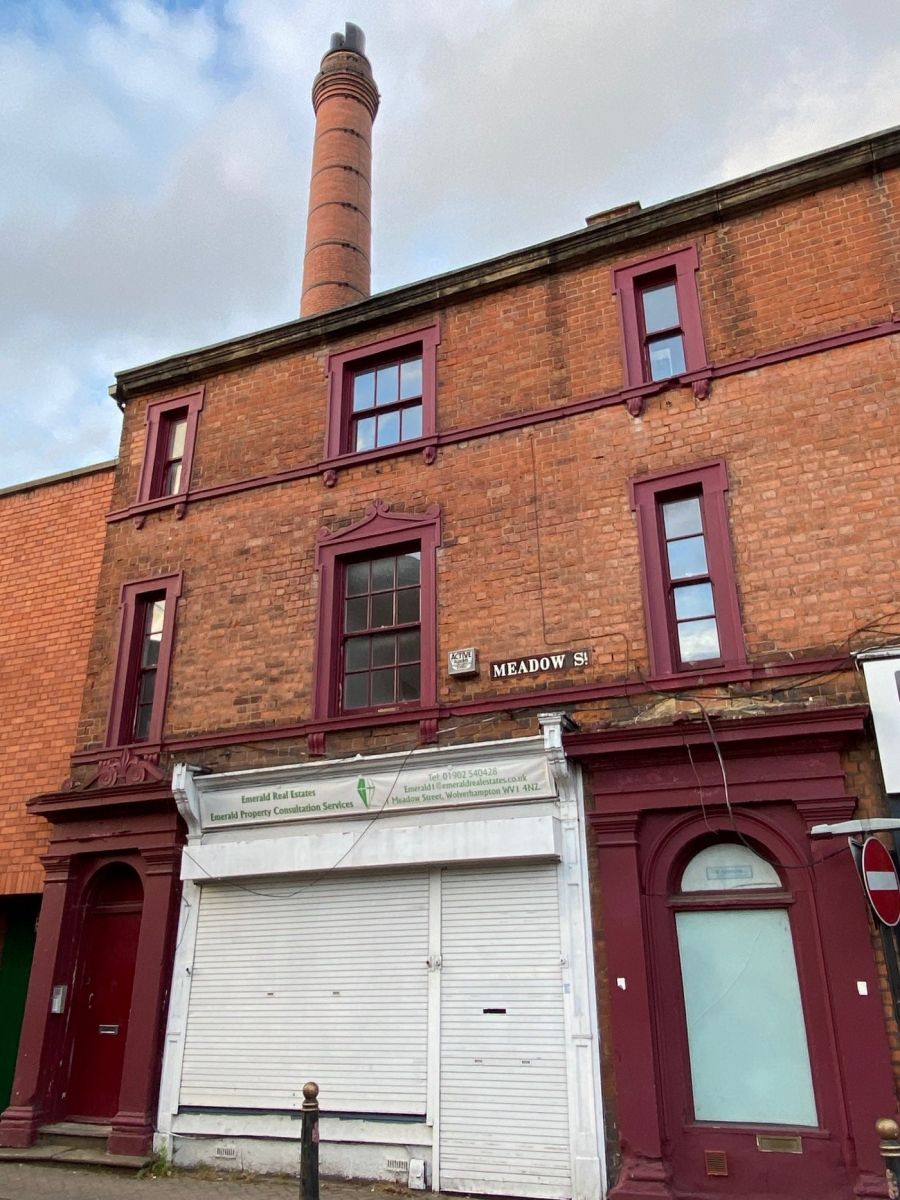You are here
- Home
- Blogs
- Carol Jacklin-Jarvis's blog
- ‘Reimagining leadership: the potential of place-based and collective leadership in the voluntary sector’
‘Reimagining leadership: the potential of place-based and collective leadership in the voluntary sector’
By James Rees and Carol Jacklin-Jarvis
Each place is the focus of a distinct mixture of wider and more local social relations and, further again, that the juxtaposition of these relations may produce effects that would not have happened elsewhere. And finally, all these relations interact with and take a further element of specificity from the accumulated history of a place, with that history itself conceptualised as the produce of layer upon layer of different sets of linkages both local and to the wider world
Doreen Massey, 1993
We recently organized two events with the Voluntary Sector Studies Network exploring voluntary sector and place leadership. At the first event we asked speakers to contribute to an agenda on understanding the voluntary sector’s role in shaping (ie ‘leading) place, or alternatively, and just as importantly, the role of place in shaping the nature of voluntary sector leadership.
The second event was postponed until the autumn and we are looking forward to bringing together a wide range of speakers and discussants to explore further the link between the voluntary sector and place leadership.
We wanted to take this opportunity to reflect on why we are so interested in this area of research and debate, what we mean by ‘voluntary sector place leadership’, and hopefully encourage others to join us on this journey of deepening understanding in this field.
We know from conversations we’ve had over the years that many people working in and with the sector share our interest in place, and are often highly attuned to the difference place makes to practice. But these conversations rarely seem to ‘fit’ in the discipline. Nevertheless we are convinced many share our interest in thinking through how this spatial difference is manifested in both the sector’s contribution and profile in local leadership, and, in the character of leadership within the sector more specifically.
Of course, this begs loads of questions about what we mean by leadership (spoiler: it’s not straightforward).
The background to our interest in ‘place leadership’ is that we are very interested in leadership in general, we are acutely aware that leadership means different things to different people so we need to be careful to be explicit about what we mean when we talk about leadership. Of course, we are also aware that others may disagree with our definitions! For all these reasons, and more, we want to facilitate a continuing conversation between academics, practitioners, and policy people.
Why place? (and why vol. sector in place)
We first became interested in this topic while researching the role of smaller voluntary organisations in north Nottinghamshire in 2017/18. We were already working on leadership at the Open University’s Centre for Voluntary Sector Leadership, so we were alert to issues of leadership, relationships, power, networks and how leadership is shared and constructed by local ‘actors’ in a place. In north Nottinghamshire we were very struck by the particular nature of the dispersed, collective and networked leadership that we were witnessing, and how it got things done, especially in an emergency (many people will think of similar local action, during Covid, wherever they live). Numerous accounts mentioned it was this way because voluntary sector workers and volunteers were committed to the place, cared about its people, and had lived there for many years. Their leadership ‘practice’ was embedded in the place and also, they all knew each other and key people in the public sector, and had overlapping ‘governance’ roles.
In this case, we considered leadership to be a collective endeavour shared between the people in the local ‘system’ trying to achieve things. We absolutely don’t mean that only CEOs or ‘obvious’ people are the only leaders, though they are likely to be important not least because others imbue them with leadership qualities.
As a group of researchers, we pondered together why we were seeing these phenomena in this place — or is it like this everywhere!? We think not, so what about the place was particularly influencing this collective endeavour and the back and forth, two-way relationships between place and voluntary sector leadership? As we say above, we wanted to understand more about how does place influences the form and nature of leadership, and in turn, how does the practice of leadership influence and re-shape the place? This research, with a particular focus on leadership, was ultimately published in Leadership journal in 2021.
Our take on leadership (in the voluntary sector)
As noted above, our focus and preferred understanding of leadership is on ‘collective accounts’ of leadership. In simple terms, understanding leadership as a collective phenomenon and endeavour is a direct reaction against the traditional ‘hero’ accounts of leadership that focus on an individual and their supposed characteristics. Leadership studies has been moving in this direction for several decades, through accounts that consider ‘dispersed’ and distributed leadership, and the role of followers. However, collective leadership is more radical in that it considers leadership can be composed of actors not traditionally considered leaders or without positional roles and focuses attention on how people lead together, rather than as individuals.
We argue that the collective account is particularly suited to understanding leadership in the voluntary sector because of its governance structures (eg trustee boards); its inherent characteristics (‘stakeholder ambiguity’ and hybridity, complexity); and its ethos and culture (eg antipathy to hierarchy — in most organisations!); and focus on mission rather than individuals or even individual organisations. Obviously, all of these observations can be contested, and there are many exceptions!! We set out our broad approach to leadership in a recent paper in Voluntary Sector Review.
We have also been influenced by the work of Joseph Raelin and others in the ‘Leadership as Practice’ academic community. This work draws attention to how interactions between different actors and factors in their environment lead towards some outcomes and priorities and away from others. This brings us back nicely to Massey’s definition of place, which is both a key element of environment for voluntary sector leadership and is shaped by such leadership interactions.
What do we want to achieve? (collectively, with others!)
Despite the fact that we’ve started on this work, and have published a number of papers that begin to map out our broad argument and the intellectual terrain, and highlight some of the complexities, we ultimately still have a large number of questions. We certainly don’t intend to be able to address them all and answer them satisfactorily (yet!). However, we want to encourage others to join the debate.

Overall, the key questions we want to address are:
- What difference does place make?
- Which characteristics of a place enable voluntary action to make a difference?
- What difference (if any!) does the voluntary sector make to place?
- How does voluntary action influence and shape place through sharing leadership with other actors — formally and informally?
We note in passing, just how often the voluntary sector has been seen as an afterthought in similar questions posed about place leadership, or place and urban governance. For example, in broad questions like ‘how does the third sector/civil society contribute to LEPs or combined authorities in the UK’?, the implicit assumption is that the public sector, politicians, elected mayors and other powerful actors are in charge and the third sector is (lucky to be) given a seat at the table. As voluntary sector researchers we obviously regret this approach, and believe more ‘bottom up’ accounts are needed.
We are really interested in supporting a broader debate about how contributors whether academic researchers, practitioners, or those engaged in policy and influencing, or more expansively through individuals’ work or personal engagements, think about how, when and why voluntary sector actors appear influential in some places and not in others.
Finally, our aim is to stimulate a debate, build trust amongst participants, create a community, and ask and reframe further questions. At the same time, this debate will allow for other projects to start, and new links between participants to be built. We are particularly interested in developing an edited book collection that breaks new ground intellectually and represents an exchange between academic thinking and practice experience.
1st August 2022


